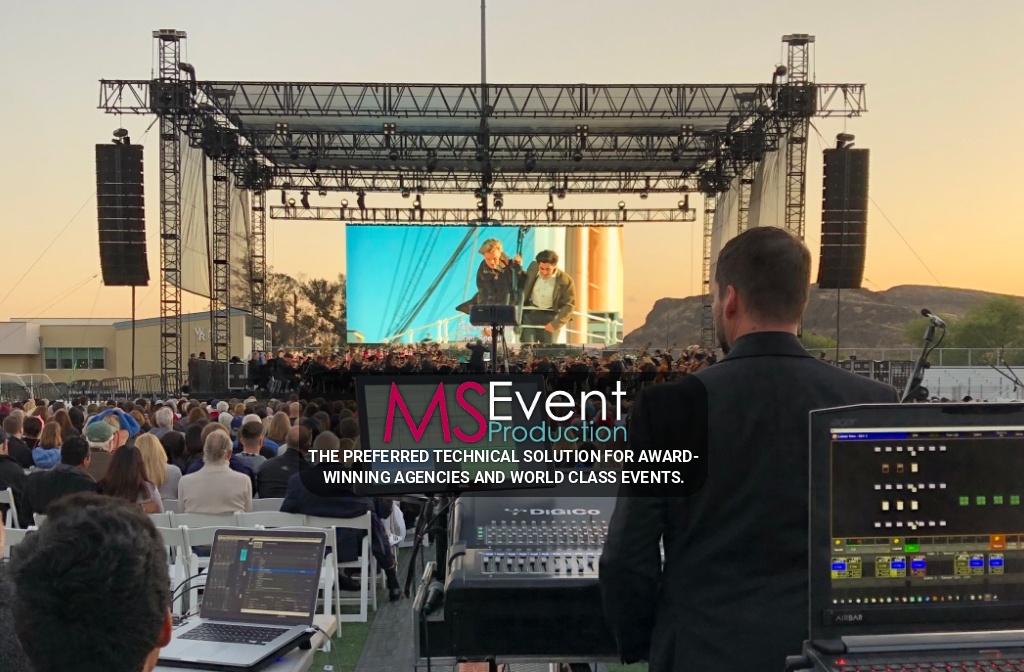Investigating the Benefits and Disadvantages of Fixed Framework and Portable Display Screensets for Every Viewing Occasion
Investigating the Benefits and Disadvantages of Fixed Framework and Portable Display Screensets for Every Viewing Occasion
Blog Article
When it pertains to experiencing movies, displays, or gaming, the type of projecting screen used can significantly influence the watching experience. Two common options are stationary displays and portable projection displays. Each kind has its own collection of benefits and disadvantages that can affect which one is most suitable for a particular scenario. Understanding these differences can assist individuals and entities make knowledgeable decisions about their watching setups.
Fixed frame projecting displays are designed to be constantly mounted in a specific place. A primary of the main benefits of stationary screens is their ability to provide a smooth, flat surface for displaying images. This evenness ensures that the picture clarity is crisp and clear, which is particularly important for HD material. Additionally, stationary displays often feature with a dark border that improves differentiation and causes the displayed picture stand out more. This kind of display is perfect for residential cinemas or specific presentation rooms where the configuration will not alter often.
Conversely, portable projecting screens provide versatility and convenience. These displays can be readily set up and dismantled, making them perfect for events that require mobility, such as conferences, classrooms, or al fresco film screenings. Mobile displays are available in multiple dimensions and designs, including tripod and foldable options, allowing users to choose an option that fits their needs. The ability to transport these screens makes them a popular choice for people who need to present in different places or for those who do not have a projector screen types and uses permanent space for a stationary display.
Nonetheless, there are some drawbacks to both kinds of displays. Fixed frame screens can be more expensive and require professional installation, which may not be practical for all. Additionally, after mounted, they cannot be relocated with ease, restricting their use to one place. In contrast, portable screens may not provide the same level of picture clarity as stationary screens. They can sometimes have wrinkles or bends that affect the display, especially if they are not set up properly. This can be a concern for those who prioritize picture quality over convenience.
Another factor to consider is the area available for the screen. Fixed frame screens require a specific space with enough wall area and proper lighting conditions to enhance the watching encounter. This can be a limitation for those living in smaller houses or flats. Mobile screens, on the other hand, can be used in multiple settings, from large auditoriums to small living rooms. This flexibility renders them a practical choice for numerous individuals, particularly those who may not have a permanent configuration.
To sum up, each stationary and mobile projection screens have their distinct advantages and challenges. Stationary screens excel in providing superior pictures and a polished appearance, making them suitable for dedicated viewing areas. On the flip side, mobile screens provide flexibility and convenience, making them ideal for on-the-go displays and events. By considering the benefits and disadvantages of both kind, individuals and organizations can select the projecting display that best fits their particular requirements and enhances their watching encounter.